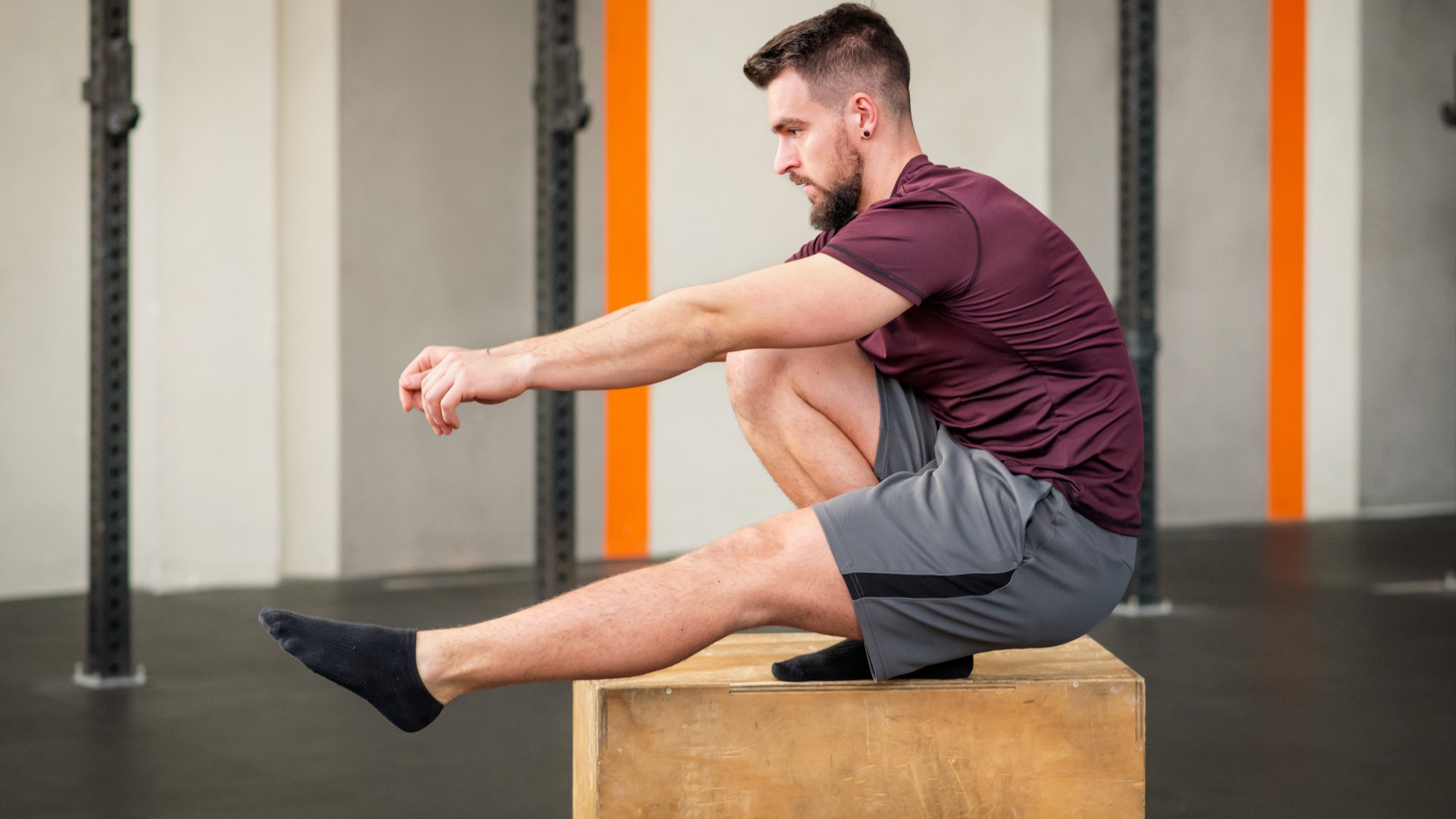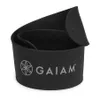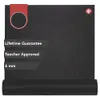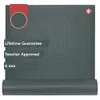
The coveted pistol squat doesn’t just happen overnight — it can take months or years to develop, depending on factors like leg strength, mobility and flexibility. If you’re not quite there yet, I recommend adding the box pistol squat to your exercise routine.
This pistol squat alternative is primo if you want to avoid "standard" lunges but love working one leg at a time to build lower body strength. It also works well if you’re learning pistol squats or training to develop leg-pushing power and explosive strength foundations with or without weights. In short, the benefits of this drill are endless.
Here’s how to do the box pistol squat step-by-step, the benefits and why I frequently kick standard lunges to the curb in favor of this spicy leg day alternative.
What is a box pistol squat?
Box pistol squats can be done in two ways: standing on one leg, extending the other in front of you and lowering your bum onto a box behind you, or my favorite method, standing with one foot near the edge of a box, bending the standing leg and lowering into the squat.
This is a great way to develop pistol squat technique and build the prerequisites for the full version. Plus, it isolates one leg at a time — known as unilateral training — to help work both sides of the body, developing lower-body pushing power, balance and mobility.
Often, you’ll notice your dominant side tends to be stronger, so it’s a great way to dial into these differences and improve on any weaknesses. If lunges put too much weight on your knees, static lunge alternatives can have a lower impact on your joints, too.
How to do box pistol squats
This is a test of full-body mobility, flexibility and strength. Over time, it will also help develop your hip-hinge activity and single-leg balance during fast lateral movements like skaters and side hops, when you'll drive off one leg at a time using flexion and extension of the lower body joints like your hips and knees.
Get instant access to breaking news, the hottest reviews, great deals and helpful tips.
Give these steps a try — and remember to practice.
- Stand on a box, bench, or similar with your left foot close to the right edge
- Stand tall and brace your core. Press through your left foot
- Bend your left knee and lower into a squat, keeping your chest lifted and back straight
- Lower your right foot to the ground just ahead of the box, tap the ground
- Without pushing off of the ground or using momentum, press through your left leg and extend to the standing position, allowing your right leg to follow
- Complete 6-8 reps, then switch sides. Aim for 3-5 sets.
Keep your standing heel planted on the box and drive entirely through the supporting leg. Once your technique develops, see if you can extend your traveling leg (the one off the box) in front of you and hold it there throughout to mimic the pistol squat position.
It doesn’t matter if the leg drops slightly as you squat, as the box creates space between you and the floor. Over time and as your hip, quad and hamstring strength and flexibility improves, your leg should stay extended in front.
Incorporate practice into your exercise routine during lower-body workouts. The exercise targets the same muscle groups as lunges, namely the hip flexors, glutes, quads, hamstrings and calves, and recruits the core muscles for stability and power.
Are pistol squats better than lunges?
If you’ve ever tried to keep one leg extended in the air in front of you from a standing position, you’ll already know how difficult it is. Now, keep your chest lifted and lower into a single-leg squat while keeping that leg extended. Fire, right?
Pistol squats require greater mobility in the hips, knees and ankles than your standard lunge and plenty of stability and balance. People with tight backs, hamstrings and hip flexors also find them harder than regular lunges because of the upright torso and extended leg positions.
Rather than exchanging weight between two legs, the move entirely focuses on one leg at a time, requiring stabilizer muscles, including your core muscles, to work alongside the major muscle groups to perform the exercise. Throughout pistol squats, the heel of your standing foot must stay planted, which can be challenging if you have tight ankles.
I find the box pistol squat better for developing single-leg strength and power, and the box creates enough of a deficit that allows me to replicate the full range of motion needed while dropping deeper into my hips and ankles.
If you have tight ankles, elevating the body away from the ground allows you to move past the box and increase your range of motion, so it beats a poorly executed pistol squat and regular lunge for me every time.
That said, different exercises for different needs. There’s no reason you can’t include both in your training regime, but box pistol squats are a brilliant alternative if you’re not a fan of lunges or they’re off the table for you.
Why can't people do pistol squats?
For many people who can already back squat or deadlift hundreds of pounds of weight, it’s not an issue of strength, but mobility, which is why box pistol squats are a great training tool. Use them within any strength program or as a warm-up drill to prepare your joints and muscles for movement.
If pistol squats are the goal, lower body mobility exercises performed alongside box pistol squats could help prep the hips, knees and ankles properly before moving into the main workout. I also enjoy adding prisoner squats to warm-ups, which engage your back and lower body and help you keep your back straight and chest proud as you squat.
Trainer tips
I know some coaches who prefer to teach stepping the leg backward off the box rather than to the side. If you choose this method, avoid bouncing your foot off the floor at the bottom; tap and go to keep the tension through the standing leg.
You could hold a weight to your chest to progress the exercise further but focus on full range of motion before adding any external load. Finally, always lower into the squat with control and a slow tempo (this is called the eccentric phase of the exercise), then push explosively to stand (the concentric phase). This teaches the body to stay controlled while saving the drive for when muscles meet with the most resistance.
More from Tom's Guide
- I'm a personal trainer — the candlestick roll is the best bodyweight exercise for your barbell squats
- I did the dragon pistol squat exercise every day for a week
- I did 70 decline push-ups every day for a week — here’s what happened to my upper body

Sam Hopes is a level 3 qualified trainer, a level 2 Reiki practitioner and fitness editor at Tom's Guide. She is also currently undertaking her Yoga For Athletes training course.
Sam has written for various fitness brands and websites over the years and has experience across brands at Future, such as Live Science, Fit&Well, Coach, and T3.
Having coached at fitness studios like F45 and Virgin Active and personal trained, Sam now primarily teaches outdoor bootcamps, bodyweight, calisthenics and kettlebells.
She also coaches mobility and flexibility classes several times a week and believes that true strength comes from a holistic approach to training your body.
Sam has completed two mixed doubles Hyrox competitions in London and the Netherlands and finished her first doubles attempt in 1:11.










